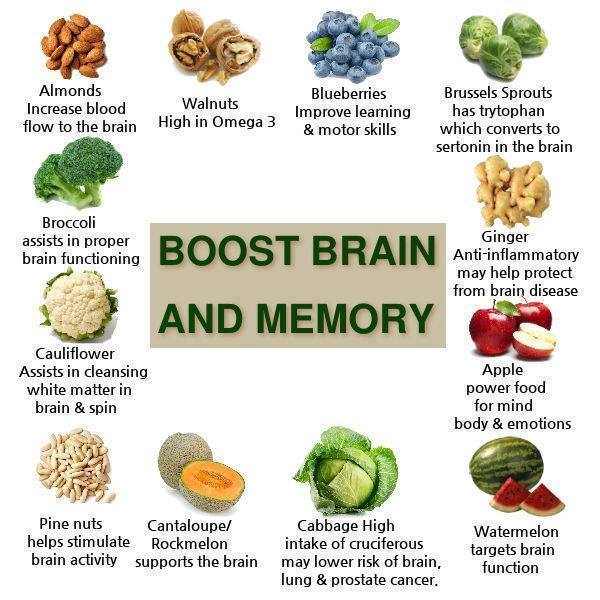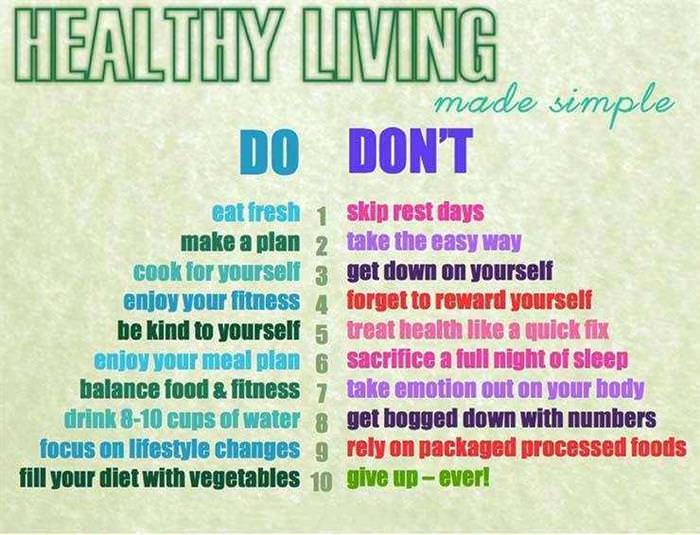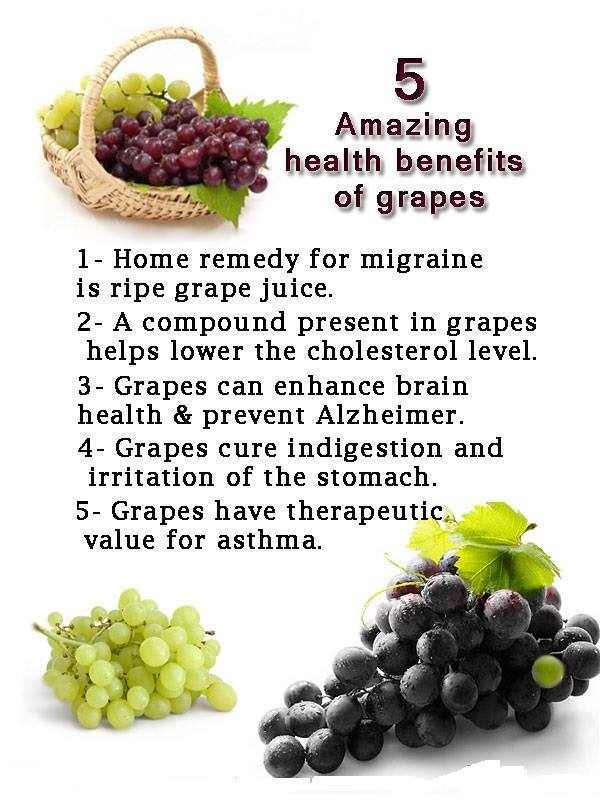P.J.
0
This One Plant Kills Cancer And Stops Diabetes Plus More!
This One Plant Kills Cancer And Stops Diabetes Plus More!
Bitter melon, or Goya, is commonly used for beneficial health reasons (you may also hear it referred to as Bitter Gourd, Karela, or Balsam Pear). The melon has an extremely bitter taste, but it is a helpful food. It looks like a cucumber but with ugly gourd-like bumps all over it. It thrives in hot and humid climates, so are commonly found in Asian countries and South America.
One researcher, Dr. Frank Shallenberger M.D., who specializes in Anti Aging Treatment and Alternative Medicine at The Nevada Center of Alternative & Anti-Aging Medicine, has used the fruit to fight pancreatic cancer. Dr. Shallenberger advises his patients to go for natural substances that inhibit cancer cell growth, and has found bitter melon to be an effective tool in inhibiting cancer cell growth.
Dr. Shallenberger researched and found that when bitter melon juice is diluted to 5% in water, it proved to be very effective in fighting pancreatic cancer. Bitter melon was able to damage cancer cell lines by a rate of 90% and 98%. The University of Colorado tested bitter melon's effect further and found a 64% reduction in the size of the pancreatic tumors.
Dr. Shallenberger's research is just one of the many health benefits bitter melon has to offer. Bitter melon has also been used as a remedy for asthma, skin infections, stomach problems, high blood pressure, and diabetes symptoms. The plant has been used as a traditional medicine in China, India, Africa, and the southeastern US.
Bitter melons are very low in calories but contain high amounts of nutrients. It is an excellent source of vitamins B1, B2, and B3, C, magnesium, folate, zinc, phosphorus, manganese, and has high dietary fiber. It is rich in iron, contains twice the beta-carotene of broccoli, twice the calcium of spinach, and twice the potassium of a banana. One negative about the bitter melon is that its bitter taste detracts a lot of people from consuming it, even with all of the beneficial nutrients it has to offer.
Health Benefits of Bitter Melon
Unlike some other fruits and vegetables it is best to pick a bitter melon that is firm and still green. If the bitter melon is starting to turn orange or has soft spots you may want to avoid those (the riper the melon gets, the more bitter the taste).
It is best to clean your bitter melon under cold running water and brush with a soft vegetable brush.
If you can withstand the bitter taste of this food, it is something worth trying. The beneficial nutrients alone make it a very beneficial food. Add in the additional health benefits this food has to offer and it is an almost ideal (just the bitter taste to detract it) food to include into your diet!
This One Plant Kills Cancer And Stops Diabetes Plus More! - Just Naturally Healthy
This One Plant Kills Cancer And Stops Diabetes Plus More!
Bitter melon, or Goya, is commonly used for beneficial health reasons (you may also hear it referred to as Bitter Gourd, Karela, or Balsam Pear). The melon has an extremely bitter taste, but it is a helpful food. It looks like a cucumber but with ugly gourd-like bumps all over it. It thrives in hot and humid climates, so are commonly found in Asian countries and South America.
One researcher, Dr. Frank Shallenberger M.D., who specializes in Anti Aging Treatment and Alternative Medicine at The Nevada Center of Alternative & Anti-Aging Medicine, has used the fruit to fight pancreatic cancer. Dr. Shallenberger advises his patients to go for natural substances that inhibit cancer cell growth, and has found bitter melon to be an effective tool in inhibiting cancer cell growth.
Dr. Shallenberger researched and found that when bitter melon juice is diluted to 5% in water, it proved to be very effective in fighting pancreatic cancer. Bitter melon was able to damage cancer cell lines by a rate of 90% and 98%. The University of Colorado tested bitter melon's effect further and found a 64% reduction in the size of the pancreatic tumors.
Dr. Shallenberger's research is just one of the many health benefits bitter melon has to offer. Bitter melon has also been used as a remedy for asthma, skin infections, stomach problems, high blood pressure, and diabetes symptoms. The plant has been used as a traditional medicine in China, India, Africa, and the southeastern US.
Bitter melons are very low in calories but contain high amounts of nutrients. It is an excellent source of vitamins B1, B2, and B3, C, magnesium, folate, zinc, phosphorus, manganese, and has high dietary fiber. It is rich in iron, contains twice the beta-carotene of broccoli, twice the calcium of spinach, and twice the potassium of a banana. One negative about the bitter melon is that its bitter taste detracts a lot of people from consuming it, even with all of the beneficial nutrients it has to offer.
Health Benefits of Bitter Melon
- Type-2 Diabetes. Bitter melon notably contains phyto-nutrient, polypeptide-P, a plant insulin known to lower blood sugar levels. In addition, bitter melon contains a unique phyto-constituent that has been confirmed to have a hypoglycemic effect called charantin. Charantin increases glucose uptake and glycogen synthesis inside the cells of liver, muscle and adipose tissue. Together, these two reduce blood sugar levels in the treatment of type-2 diabetes.
- Eye problems. The high beta-carotene and other properties in bitter melon make it one of the finest vegetable-fruit that help alleviate eye problems and improving eyesight.
- Hangovers. Bitter melon can help relieve hangovers by speeding up your body's metabolism of alcohol. It also helps cleanse and repair and nourish liver problems due to alcohol consumption.
- Bitter melon is an excellent source of folates. Folates, when taken by mothers during their early pregnancy time, would help reduce the incidence of neural tube defects in the newborn babies.
- Liver Cleanse. Bitter melon, especially when consumed as a juice, helps detoxify and cleanse your liver. In addition it improves blood circulation and as a result helps relieve gout pain.
- Energy: Regular consumption of bitter gourd juice has been proven to improve energy and stamina level. Even sleeping patterns have been shown to be improved/stabilized.
- Immune booster: This bitter juice can also help to build your immune system and increase your body's resistance against infection.
- Psoriasis: Regular consumption of this bitter juice has also been known to improve psoriasis condition and other fungal infections like ring-worm and athletes feet.
- Indigestion/Constipation. Bitter melon stimulates easy digestion and peristalsis of food through the bowel until it is excreted from the body.
Unlike some other fruits and vegetables it is best to pick a bitter melon that is firm and still green. If the bitter melon is starting to turn orange or has soft spots you may want to avoid those (the riper the melon gets, the more bitter the taste).
It is best to clean your bitter melon under cold running water and brush with a soft vegetable brush.
- In India it is commonly used in either stir-fries or stuffed with garam-masala, tomato, onions, green chilies, garlic and curry leaves.
- Goya chanpuru, Okinawantir-fry with bitter melon, onion, tofu, pork, and eggs, is a special dish of health-conscious island inhabitants.
- Known as ampalaya in the Philippines, it has been widely used in special dishes like Pinakbet Ilocano, prepared with shrimp paste and mixed with vegetables like eggplant and okra.
- Dried, and ground whole bitter gourd has been used in the preparation of iced or milk tea in some East Asian regions.
- Bitter gourd is also been used in the pickle preparations.
If you can withstand the bitter taste of this food, it is something worth trying. The beneficial nutrients alone make it a very beneficial food. Add in the additional health benefits this food has to offer and it is an almost ideal (just the bitter taste to detract it) food to include into your diet!
This One Plant Kills Cancer And Stops Diabetes Plus More! - Just Naturally Healthy

























